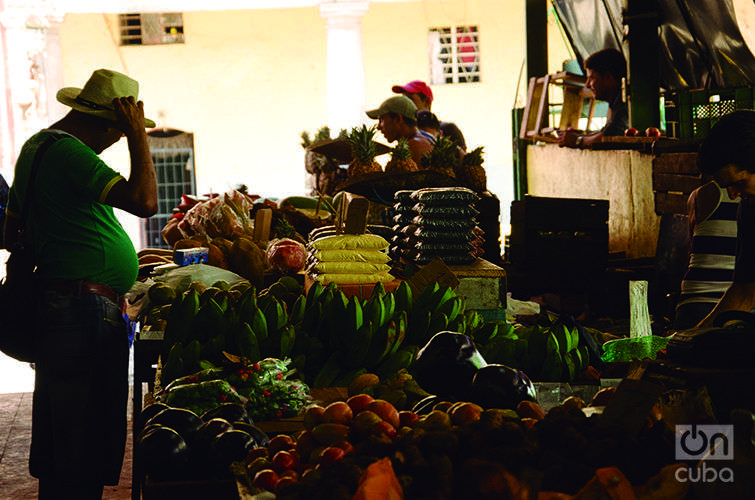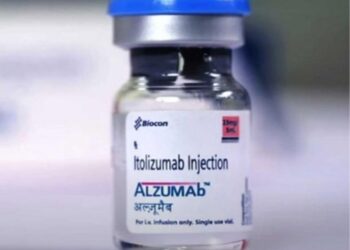The Cuban economy began changing in 2010, with the authorization of a new era in private business and the publication of a decree law on self-employed workers (still using that “euphemism). By the end of 2015, the number of people engaged in that activity with valid licenses will probably be close to 510,000.
And while the terms micro-enterprise and small business are not often heard, it is evident that this is not a theoretical question; in practice, they exist, as long as a legal status exists for “hired workers.”
The implementation of non-agricultural cooperatives continues: 314 such coops were operating by December 2014 in economic activities that used to be mostly state-run, and 355 are currently operating. Approval was given to close to 500 cooperatives in an initial four groups; however, the fifth group seems to be frozen in time. Working cooperatives are going through difficulties, especially in the supply markets for their production.
With regard to state enterprise, attempts have been made to deregulate it, give it more autonomy, facilitate its decentralization, and provide managers with greater decision-making powers. But the results are still not optimal, which indicates that this area still needs attention.
With respect to the Mariel Special Development Zone (MSDZ), since the relaunching of direct foreign investment in Cuba and considering the fiscal advantages that are being offered, the rate of approval is still slow: in two years since the application of Decree-law 313, only seven projects have been approved. However, for 2016, authorities predict an accelerated rate of approval for the more than 400 projects proposed to date.
While the pace of Cuba’s economic growth is showing positive results, rates are still low for Cuba’s conditions. At least a glimmer of hope is being provided by an estimate of 4 percent GDP growth in 2015.

The fiscal deficit is present in the country’s budget balance, but with figures that are manageable by the State that covers it with monetary emission and public debt, the budget deficit for 2015 would be around 6 percent.
The duplicity of the type of exchange for the Cuban peso is a factor that has complicated the elimination of the dual currency system in the national economy, plus the necessity of having high monetary reserves, among other factors, especially increasing the supply of goods and services in the country, which should be related to worker incentives.
The foreign debt is close to 16.62 billion in convertible currency, and making good on pending debts is a top priority for the executive.
The Cuban economy’s performance in recent years shows that it is very complex to recuperate exports in the short and medium terms. Nevertheless, making the most of the traditional export sector’s potential, combined with other reserves in other branches of the economy, could be decisive in the future relaunching of an economy that is trying to transform itself qualitatively, leaving behind the inhibitory burdens that have characterized it.
As an economic activity, tourism has had good results in indicators such as: arrivals of international visitors and construction of room capacity. Thus, visitor arrivals from the United States will grow by more than 70 percent in 2015, making it possible for Cuba to grow by two digits by the end of 2015, given that in October, that indicator surpassed 19 percent over figures from 2014.
To the total of these capacities in the state sector, we would have to add 19,890 rooms in the non-state sector (private homes, known as “casas particulares”) throughout the country, which complement the supply of accommodations.
Another unusual trait of the country is that even with a poor and still very vulnerable economy, Cuba paradoxically has prioritized, with great effort, the social development of its population, with a system of universal health care, which shows indicators similar to those of the developed world, and a national system of free and inclusive education, which has expanded the collective instruction and intelligence.
The restoration of diplomatic relations between Cuba and the United States on Dec. 17, 2014, and the reopening of the U.S. Embassy in Havana on Aug. 14, 2015, should lead to a gradual normalization of economic relations between the two countries. And this has provoked a wide-ranging debate among business people and the media regarding the possible conditions in which economic ties between the two countries will be developed from now on.
The reactivation of commercial and financial relations between Cuba and the United States exhibits short and long-term scenarios in which different alternatives can be appreciated, although greater influence will always correspond to the U.S. side, taking into account its own restrictions. In this context, numerous initiatives have been introduced in the U.S. Congress recently, and if some were to prosper, it would be a relief for the economic interests of both sides.
Of all the aspects involved in the restoration of diplomatic relations between Cuba and the United States, it is very interesting to consider the possibilities that will be opened for Direct Foreign Investment (DFI) by the U.S. in Cuba, taking into account scenarios of different time periods, both in the Mariel Special Development Zone and the rest of the country.

The sectors of greatest interest in the short term for U.S. business people would be framed in tourism, the hotel industry and travel services; maritime transport; telecommunications; the construction materials industry; and agriculture.
In the area of tourism, it is evident that accommodations capacities need to be increased in cities like Havana and other provincial capitals, including investment for receiving cruise ships and ferries—such as what the Havana City Historian’s Office has been doing in the Bay of Havana—and undertakings that will make it possible to rapidly develop the industry of culture and entertainment.
Other potentialities to consider for Cuba refer to biotechnical pharmaceutical products, as well as the work of elaborating software for information and communications services and the possibility of developing high-quality agricultural exports for the U.S. market, among other lines.
To those should be added the industry and sales of construction materials, cargo and passenger air transportation, and others.
Of course, Cuba will have to face enormous challenges that are accompanied by all of the advantages and potentialities involved in the possibility of U.S. direct foreign investment. And the logical thing would be to correctly orient projects toward national development objectives, without failing to be attractive and viable for investment.
Cuba is going through a new stage of economic and social development based on the combination of two simultaneous processes, deriving from the internal reforms of President Raúl Castro and normalization with the United States, including the restoration of diplomatic relations and the opening of their respective embassies.
In addition, new and very important internal processes will occur in the coming years in Cuba, which will consolidate a balanced evolution in these changes, without traumatic ruptures and with stability: a new Party Congress in 2016, an announced new Election Law, a possible reform of the national Constitution, and the conclusion (in 2018) of the mandate of President Raúl Castro, which he himself announced.
Omar Everleny: Economist. Coordinator of research and senior professor at the Center for the Study of the Cuban Economy (CEEC)










